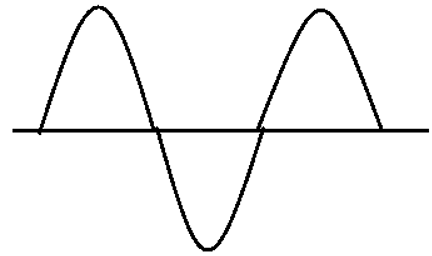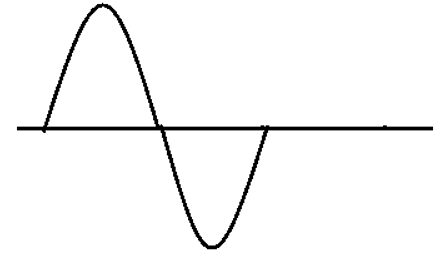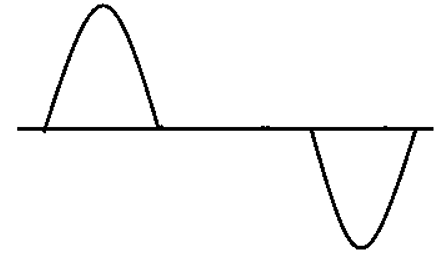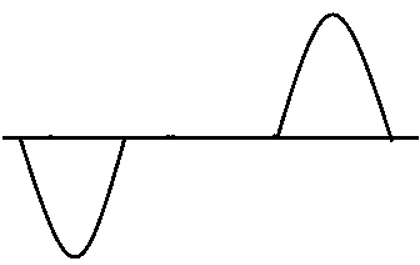This set of Engineering Physics Objective Questions & Answers focuses on “Diode as a Rectifier”.
1. If a rectifier has 2 diodes it is a __________
a) Quarter-wave rectifier
b) Half-wave rectifier
c) Full-wave rectifier
d) Peak-to-peak rectifier
View Answer
Explanation: A full-wave rectifier requires at least 2 diodes. If only one junction diode is used, then the wave would be only half rectified. The two diodes are connected in such a way, that when one diode is forward biased the other would be reverse biased.
2. How does the frequency of the wave changes when the wave has been half-rectified?
a) Doubles
b) Halves
c) One-fourth
d) Remains same
View Answer
Explanation: After the wave has been half-rectified, the frequency of the wave remains same. When the wave has been fully rectified, then the frequency doubles.
3. In a full-wave rectifier, at a certain point of time, what is the biasing of both the diodes?
a) When one is Forward biased, other is Reverse biased
b) Both forward biased
c) Both reverse biased
d) Can’t be predicted
View Answer
Explanation: In the case of a full-wave rectifier, the two diodes are connected such that when one diode is forward biased, the other one would be reverse biased.
4. After rectifying the wave, the output voltage does not vary.
a) True
b) False
View Answer
Explanation: After a wave has been rectified, the output voltage, though still varying, is restricted to only one direction. The frequency of the wave remains the same.
5. Which device is used to get a steady DC output?
a) Battery
b) Zener Diode
c) Resistor
d) Capacitor
View Answer
Explanation: Though the rectified voltage is unidirectional, it does not have a steady value. To get steady DC output from the pulsating voltage normally a capacitor is connected across the output.
6. Which of the following is not a use of Rectifier Diode?
a) Voltage Reference
b) Detection signals
c) Voltage regulator
d) LASER diodes
View Answer
Explanation: Rectifier diode is used for Voltage reference, detection signals and LASER diodes as well. Zener Diode is used as a voltage regulator.
7. The rectifier diode is a non-ohmic device.
a) True
b) False
View Answer
Explanation: The current-voltage curve of a rectifier diode is not a straight line. Thus, it does not obey Ohm’s law and is a non-ohmic device.
8. How would the following wave be half-wave rectified?

a) 
b)
c) 
d) 
View Answer
Explanation: When the given wave would be fed into a rectifier, all the output would be restricted to only one direction.

9. For high frequency rectifying application, which diode is used?
a) LED
b) Power Diode
c) Zener Diode
d) Schottky Diode
View Answer
Explanation: The voltage in forward bias condition is low in Schottky diodes. Also, it’s the reverse recovery time is short. Due to these factors, Schottky diodes are used for high frequency rectifying applications.
10. Which characteristic of Power Diode makes it suitable for rectification of large current devices?
a) Heavily doped
b) Larger Junction
c) Thicker depletion zone
d) Greater charge carriers
View Answer
Explanation: When the forward current is large, small diodes generally get overheated and melt. Thus, to prevent that, Power diode is used as it has a larger P-N junction area, resulting in a high forward current capability and reverse blocking voltage.
Sanfoundry Global Education & Learning Series – Engineering Physics.
To practice all objective questions on Engineering Physics, here is complete set of 1000+ Multiple Choice Questions and Answers.
If you find a mistake in question / option / answer, kindly take a screenshot and email to [email protected]
